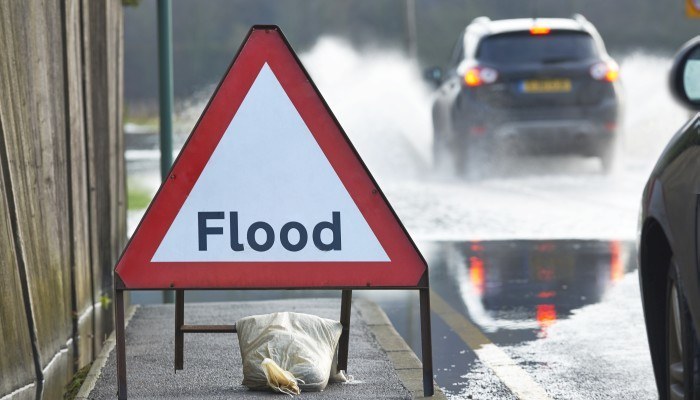The weeks and months after periods of heavy rain and flooding often see many flood-damaged cars appear on the second hand car market.
Cars that have been parked in standing water, or that have been driven through especially deep bodies of water, may store up faults for the future.
Such exposure to water can reduce the life of catalytic converters and exhaust systems. It can also cause wheel bearings to seize up, while brakes and alternators can also be badly damaged.
Some motorists decide to sell their vehicle on after they know it may have been damaged by water, since there are often no immediate signs of damage.
Unwitting buyers who make a purchase privately are especially susceptible to being in receipt of such damaged vehicles, since they have no come back or guarantee.
How do I identify a flood damaged car?
Follow these simple steps to avoid buying a car that eventually forces you to call out your vehicle recovery provider…or even have to write the car off.
- Moisture may be present in the car if there is a lot of condensation on the windows. Misted glass however is usually not a bad sign.
- Check for a damp smell, feel the carpets. Have the windows been left suspiciously open to give the car an airing?
- Check under the oil filler cap for a salad cream-like deposit; this is emulsified oil and suggests there is water in the engine.
- Do the airbag warning lights work? They may not function if the car has been submerged.
- Check the lamp housings for water-logging.
- Turn on the engine and direct the heater blower to the windscreen; if the window steams up straight away and does not clear for a long time, there could well be moisture in the system. Foul smelling air is another giveaway.





